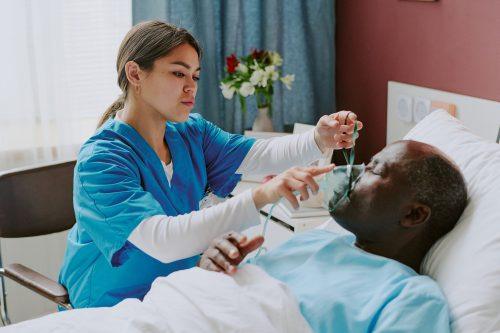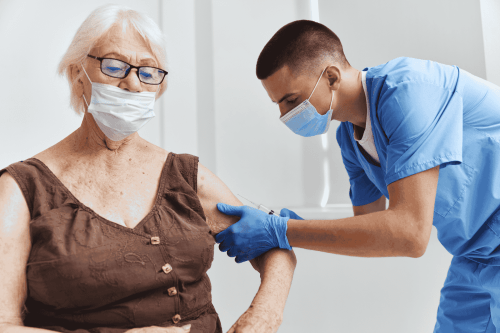Stricter Guidelines for Ebola Prevention
Many of us are aware of the potential for becoming victim to the Ebola disease. Like many diseases, it can be contracted by the very healthcare workers who are caring for the infected. Thus, the Centers for Disease Control and prevention, or the CDC, has become more scrupulous in their guidelines for Ebola preventative measures in healthcare facilities. Specifically the CDC has focused on implementing guidance for the use of personal protective equipment, or PPE, for medical professionals. This guidance has incorporated safety measures utilized at the Emory University Hospital, Nebraska Medical Center, and National Institutes of Health Clinical Center where Ebola was successfully treated without the spread of the disease from patient to worker. The instruction of the CDC is based on three principles, consistent and rigorous training, prevention of skin exposure and use of a trained monitor.
Training
It is not enough that healthcare workers use PPE, it is imperative that each individual is trained on how to wear and apply the equipment correctly. Facilities must conduct repeated training to ensure that employees are using the equipment appropriately. The CDC and partners will offer increased training for medical professionals throughout the country.
No Skin Exposure
Due to the invasive nature of Ebola treatment, the CDC has emphasized the importance of no skin baring when using PPE. The type of PPE described in the August 1, 2014 guidelines still apply with some exceptions. These include the addition of coveralls and single-use, disposable hoods. The CDC has also noted that goggles are not to be worn any longer. Instead single-use, disposable full face shields should be worn as this equipment covers more skin and is less likely to be tampered with by contaminated gloves. The PPE to be worn by healthcare workers treating Ebola patients can be combined in various ways depending on the facility and employee preference. It includes:
- Double gloves
- Boot covers that are waterproof and go to at least mid-calf or leg covers
- Single-use fluid resistant or impermeable gown that extends to at least mid-calf or coverall without integrated hood.
- Respirators, including either N95 respirators or powered air purifying respirator (PAPR)
- Single-use, full-face shield that is disposable
- Surgical hoods to ensure complete coverage of the head and neck
- Apron that is waterproof and covers the torso to the level of the mid-calf (and that covers the top of the boots or boot covers) should be used if Ebola patients have vomiting or diarrhea
Trained Monitor
The CDC has recommended that a trained monitor be present when personnel put on and take off PPE. The monitor must observe to ensure that workers are using PPE properly and when not, they can correct errors in real-time.
Reminders
The CDC reminds healthcare facilities to assign designated areas for putting on and taking off PPE, so as to separate clean environments from potentially contaminated areas. It is also important to have PPE removal instructions that include how to wipe down visibly contaminated equipment as well as how to disinfect gloved hands in between the removal of different PPE. As crucial as PPE is, it is only one aspect of infection control. Facilities must also employ other safety measures such as prompt screenings of those with potential exposure to Ebola and environmental cleanliness. Medical professionals must also begin to “think Ebola” by inquiring potential patients about previous travel details. If an individual is under investigation, then healthcare workers must implement an Ebola preparation program, isolate the patient, and apply PPE. All healthcare personnel are reminded that facility management, trained workers, and clear procedures are a crucial part of the prevention of this disease.



